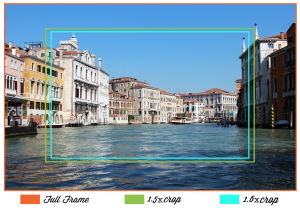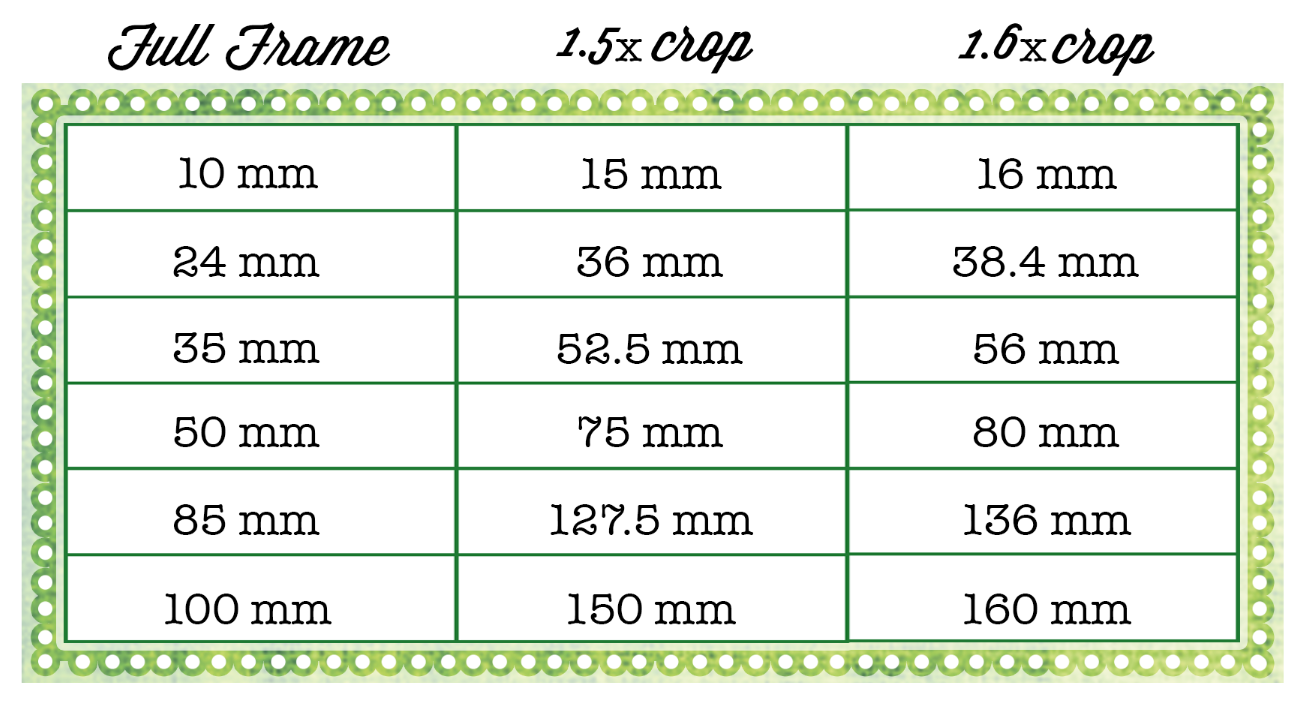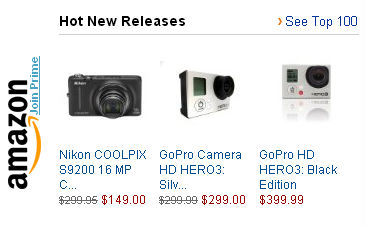There has been a constant “chicken or the egg” debate going on in the photography world for years. Is it the camera body, or the “glass” that carries the most value? In my humble opinion, it’s both. The relationship between camera and lens is much like that between the head and heart; each is vital.
Buying your first DSLR and set of lenses is a huge investment with plenty of factors to consider. When it comes to lenses, being a tactical shopper will save you a lot of financial headache down the road.
As your photography progresses, so should your equipment. In your first DSLR days, the camera body and stock lens are the perfect tools for learning to capture gorgeous, successful photos in all situations. At this point, the most important thing you can do is familiarize yourself with how the ISO, shutter speed and aperture act as a checks-and-balances system to ensure proper exposure and clear focus. Understanding these components is essential to working your way though tricky lighting, and ultimately generating creative, well-composed photographs.
As you begin to understand depth of field (produced by your aperture) and what the range from 15mm to 300mm means to your photographs, you will most likely look for other lenses to suit your needs. Here we will touch on buying the right lenses to ease your transition from stock lens to various zooms and primes, as well as the switch from crop sensors to full frame.
First and foremost: Be proactive.
Knowing that not all of the lenses in your brand’s line-up will fit your camera, or your future camera, is key. Look for versatility. The worst thing you can do is stockpile lenses for your beginner camera, only to be lens-less when you graduate to your next body. Beyond that, consider how an 85mm lens works with a cropped sensor versus a full frame, and so forth.
But what is full frame, anyway? A full frame sensor provides the same area of exposure that the original 35mm film cameras did, and all crop factors are relative to this. If you take the same photo with the same lens on a camera with a crop factor (Canon Rebels, Nikon D3000’s) as you did on a full frame camera, you will see that the crop factor produces a photo that seems more “zoomed in.”
 For example, the Canon T4i generates an image that is 1.6x smaller than that of the Canon 5D Mark III, which is a full frame. The T4i also hosts lenses falling under the EF and EF-S categories, while the Mark III is only compatible the EF mount. Therefore, any EF-S lenses wouldn’t work once you graduated to the full frame Canon. The EF or EF-S designates the type of bayonet that will attach to your body. Forcing an EF-S onto the Mark III without an adapter could cause the mirror inside the camera to break, costing you hundreds to repair.
For example, the Canon T4i generates an image that is 1.6x smaller than that of the Canon 5D Mark III, which is a full frame. The T4i also hosts lenses falling under the EF and EF-S categories, while the Mark III is only compatible the EF mount. Therefore, any EF-S lenses wouldn’t work once you graduated to the full frame Canon. The EF or EF-S designates the type of bayonet that will attach to your body. Forcing an EF-S onto the Mark III without an adapter could cause the mirror inside the camera to break, costing you hundreds to repair.
Understanding how the 1.6x crop (for Canons) and 1.5x crop (for Nikons) will effect the zoom on future photos taken with a full frame body will help you develop a collection of highly flexible lenses that will reduce the immediate expense of upgrading your body, and the amount of luggage when bringing your “undergraduate” camera along for back up.
Here’s a guide to equivalent lens sizes for our different crop factors:

Next, consider all the factors that play into your perfect collection.
Lenses typically outlive camera bodies by a long shot, making the high price of quality a more reasonable investment. If you’re interested in portrait photography, investing in a well-made prime may be the right move for you. Likewise, if you’re a traveler or simply looking for tremendous versatility, a great telephoto zoom, such as the Canon 24-105mm f/4 L, may be paramount.
Perhaps you want your camera to accompany you into treacherous locals. If this is the case consider what you’re up against. Weather and theft are big things to think about for the traveling photog. The signature red ring on L series lenses advertises their price tag, and they certainly aren’t worth risking in wet, rough environments if you’re budget doesn’t include incidentals.
Having a collection with a couple of professional, signature lenses and cheaper alternatives will help you pack the perfect camera bag for every occasion.
And finally: Ask questions.
Specialized camera shops tend to have a collection of lenses with bodies to test them on, and larger cities offer rentals. These stores should have willing employees boasting an in-depth knowledge of their products, unlike other big-box stores and online retailers, easing your purchase anxiety.

